
اتریوم در مقابل آوالانچ: یک مقایسه کامل
اتریوم و آوالانچ شبکههای بلاکچین مهمی هستند. با اینکه هر دو dApp و ویژگیهای قراردادهای هوشمند را ارائه میدهند، اما تفاوتهای زیادی دارند.
این راهنما این دو ارز محبوب را مقایسه میکند. ما تفاوتهای کلیدی را بیان کرده و به شما کمک میکنیم تا بهترین گزینه را انتخاب کنید.
اتریوم (ETH) چیست؟
اتریوم از نظر ارزش بازار در میان ارزهای دیجیتال در رتبه دوم قرار دارد. با پیادهسازی Proof-of-Stake، اتریوم 2.0 مقیاسپذیرتر و انرژی کاراتری شده است.
اتریوم یک پلتفرم قدرتمند برای اپلیکیشنهای غیرمتمرکز و قراردادهای هوشمند است. تراکنشهای خودکار و ویژگیهای امنیتی آن برای پروژههای DeFi ضروری هستند. توکنهای ETH همچنین میتوانند به استیک شده شوند تا به امنیت شبکه کمک کنند.
آوالانچ (AVAX) چیست؟
آوالانچ یک پلتفرم بلاکچین مقیاسپذیر است که به سلطه اتریوم چالش میزند. این پلتفرم یک شبکه مقیاسپذیر و کارآمد برای dAppها و کار با رمزارزها ارائه میدهد. پروتکل اجماع منحصر به فرد آوالانچ آن را با مقیاسپذیری و عملکرد بینظیر متمایز میکند.
با انعطافپذیری آن، توسعهدهندگان میتوانند بلاکچینها و زیرشبکههای سفارشی بسازند که دامنه وسیعی از برنامههای نوآورانه را پشتیبانی میکند. همچنین، سازگاری با EVM اطمینان میدهد که ادغام بدون درز با اکوسیستمهای اتریوم صورت میگیرد.
مقایسه اتریوم و آوالانچ: تفاوتهای کلیدی
آوالانچ و اتریوم از نظر سرعت تراکنش، هزینهها، مقیاسپذیری و موارد استفاده تفاوت دارند. بیایید ببینیم که این تفاوتها چگونه عمل میکنند:
سرعت تراکنش
سرعت تراکنش اتریوم میتواند بر اساس هزینههای گاز، شرایط بازار و ترافیک شبکه متغیر باشد. بنابراین، تراکنشهای ETH معمولاً بین 13 ثانیه تا 5 دقیقه طول میکشد. آوالانچ در اینجا پیشتاز است و تراکنشها را تنها در 30 ثانیه پردازش میکند.
هزینهها
هزینههای بالای گاز اتریوم کاربران را دلسرد کرده است، به ویژه در زمانهای اوج مصرف. هزینهها میتوانند از کمتر از 0.0001 دلار تا بیش از 100 دلار متغیر باشد. این هزینهها توسط تقاضا برای فضای بلوک تعیین میشود و میتواند در زمانهای اوج مصرف افزایش یابد، که باعث میشود تراکنشها گران و احتمالاً برای مقادیر کوچک غیرقابل توجیه شوند.
هزینههای تراکنش آوالانچ کمتر از اتریوم است و هزینه متوسط AVAX تنها 0.01 دلار است. این هزینه میتواند برای تعاملات پیچیده با قراردادهای هوشمند به چند دلار برسد، اما همچنان کمتر از ETH است. این ویژگی باعث میشود که AVAX برای میکروتراکنشهای مکرر مناسبتر باشد.
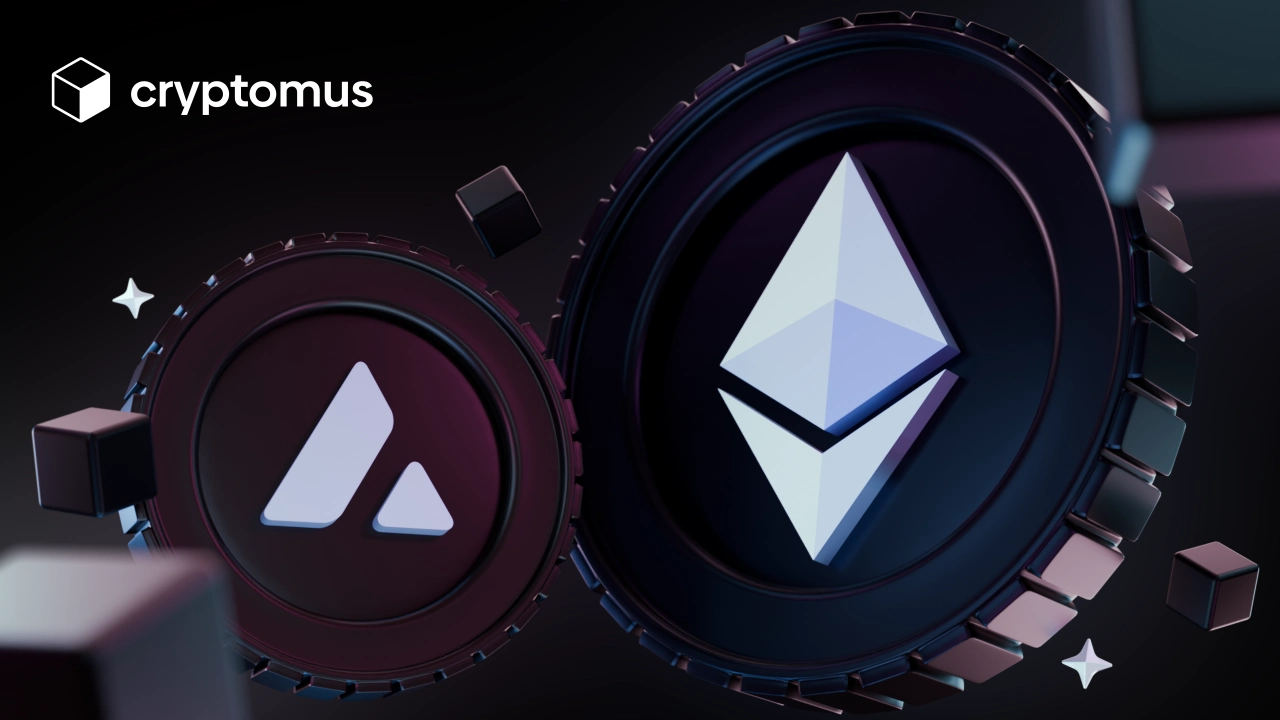
مقیاسپذیری
سرعت تراکنشهای اتریوم انتقادات زیادی را به همراه داشته است. این پلتفرم 12–15 تراکنش در ثانیه پردازش میکند و باعث کندی در زمانهای اوج تقاضا میشود.
آوالانچ مقیاسپذیری عالی را نشان میدهد و میتواند حداکثر 4,500 تراکنش در ثانیه را مدیریت کند. این ویژگی AVAX را برای برنامههایی که به پردازش سریع و قابل اعتماد نیاز دارند، مناسب میسازد.
موارد استفاده
اتریوم دارای اکوسیستم گستردهای است که منجر به دامنه وسیعی از موارد استفاده شده است. این موارد شامل DeFi، NFTها، بازی و مدیریت زنجیره تأمین میشود.
آوالانچ در حال افزایش استفاده در برنامههایی است که به توان عملیاتی بالا نیاز دارند. این پلتفرم در بازیها، خدمات مالی و برنامههای شرکتی برجسته است. علاوه بر این، توانایی ایجاد زیرشبکههای قابل تنظیم آن را به گزینهای جذاب برای کسبوکارهایی که به راهحلهای سفارشی نیاز دارند، تبدیل میکند.
قابلیت سفارشیسازی و انعطافپذیری
در حالی که ETH از برنامههای متعددی پشتیبانی میکند، سفارشیسازی آن به تواناییهای EVM محدود است. بنابراین، توسعهدهندگان باید در چارچوب شبکه اتریوم کار کنند که میتواند انعطافپذیری را محدود کند.
آوالانچ برای انعطافپذیری خود شناخته میشود، زیرا کاربران میتوانند بلاکچینها و زیرشبکههای سفارشی با پارامترهای تنظیمشده بسازند. واضح است که این امر کنترل بیشتری بر روی پروژهها به توسعهدهندگان میدهد.
اتریوم در مقابل آوالانچ: کدام بهتر است خریداری کنید؟
انتخاب سرمایهگذاری بین این دو ارز باید با توجه به نیازهای شما صورت گیرد. آوالانچ در مقیاسپذیری و سرعت تراکنشها از اتریوم پیشی میگیرد، در حالی که ETH اکوسیستم و جامعه توسعهدهندگان بزرگتری را حفظ میکند.
اگر شما به سازگاری و جامعه توسعهدهندگان متنوع اهمیت میدهید، اتریوم ممکن است شبکه ایدهآل برای کار با آن باشد. با این حال، انتظار هزینههای بیشتر و سرعتهای کاهشیافته، به ویژه در ساعات اوج مصرف را داشته باشید.
تراکنشهای سریع، هزینههای کم و معماری قابل تنظیم آوالانچ آن را به جایگزینی جذاب تبدیل میکند. در عین حال، این پلتفرم نسبتاً جدید است و استفاده و پیشرفت آینده آن همچنان نامشخص است.
مقایسه مستقیم اتریوم و آوالانچ
همانطور که مشخص است، اتریوم و آوالانچ در جنبههای مختلف تفاوت دارند. در اینجا مقایسه مستقیم این دو ارائه شده است:
| ویژگی | مکانیسم اجماع | سرعت تراکنش | هزینهها | مقیاسپذیری | موارد استفاده | قابلیت سفارشیسازی | |
|---|---|---|---|---|---|---|---|
| اتریوم (ETH) | مکانیسم اجماعProof-of-Stake | سرعت تراکنش10 ثانیه - 5 دقیقه | هزینهها0.0001 دلار - 100 دلار | مقیاسپذیری12–15 تراکنش در ثانیه | موارد استفادهDeFi، NFTها، راهحلهای شرکتی | قابلیت سفارشیسازیمحدود به چارچوب اتریوم | |
| آوالانچ (AVAX) | مکانیسم اجماعAvalanche Consensus | سرعت تراکنش1-2 ثانیه | هزینهها0.01 دلار | مقیاسپذیری4,500 تراکنش در ثانیه | موارد استفادهDeFi، بازی، بلاکچینهای سفارشی | قابلیت سفارشیسازیپشتیبانی از بلاکچینها و زیرشبکههای سفارشی |
اکنون میدانید که ETH و AVAX چگونه با یکدیگر مقایسه میشوند. برای انتخاب بین آنها، نیازها و اهداف مالی خود را ارزیابی کنید و قبل از سرمایهگذاری واقعی تحقیق عمیق انجام دهید.
امیدواریم این راهنما مفید بوده باشد. نظرات و سوالات خود را در زیر ارسال کنید!
به مقاله امتیاز دهید
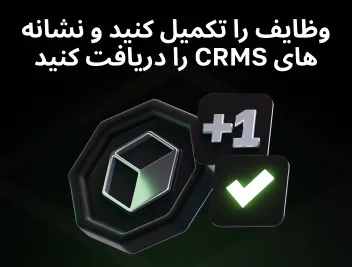
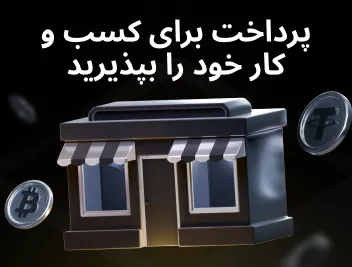
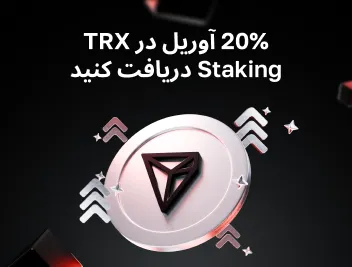
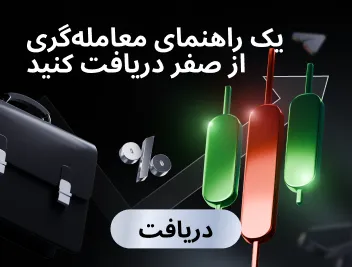
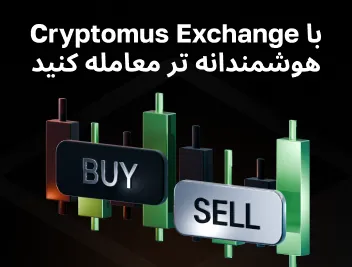



نظرات
0
برای ارسال نظر باید وارد سیستم شوید